According to the State Office of Emergency Services, the riots resulted in 53 deaths, 2,400 injuries and over $800 million in property damage. The city of Compton lost an estimated 70 percent of its economic base in the chaos.
The role The Salvation Army played during the disturbance and in its wake proved vital, as staff, officers, cadets and over 1,700 volunteers deployed throughout the city—serving more than 141,400 residents, first responders, federal troops and national guardsmen.
According to then-Southern California General Secretary Major Terry Griffin, The Salvation Army was the first group to support the troops and police in the thick of the violence, and it continued to do so 24 hours a day for as long as needed.
“The explosion into violence of anger and hopelessness in South Central Los Angeles has left many dazed and despairing,” said then-Territorial Commander Commissioner Paul A. Rader, in the wake of the riots. “But the tragic events have seized our attention as a nation and may yet galvanize us as one to find a way forward in our cities toward healing, hope and wholeness.”
At the peak of service, Adult Rehabilitation Center (ARC) and divisional personnel channeled up to 200,000 pounds of food a day to distribution centers.
From handing out coffee and sandwiches at canteens, to providing housing and counseling, The Salvation Army assumed the primary role of meeting the immediate needs of those impacted.
As Rader visited the National Guard and the LAPD command center at the Coliseum—where The Salvation Army had stationed its largest emergency canteen—he spoke with Colonel Bill Weill, officer in charge of the National Guard at that command.
“Your work has been outstanding,” Weill told Rader. “Your rapport with the people and the soldiers has been good. And your chow has been great.”
With reporting by Susan S. Nowlin

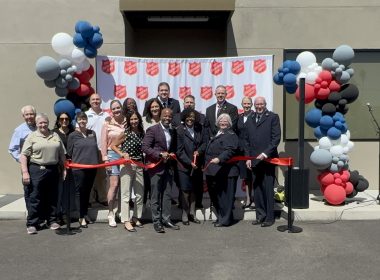
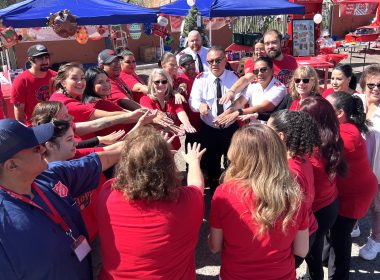




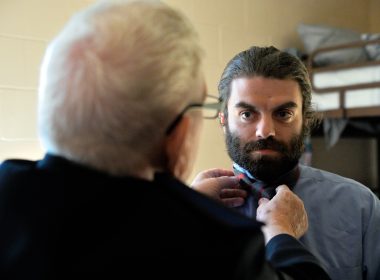
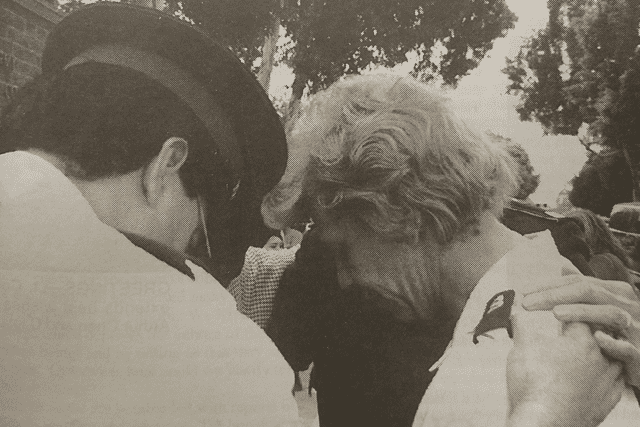
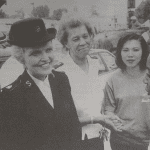
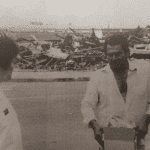
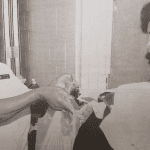
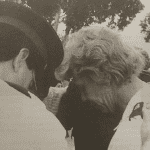
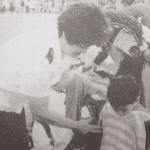
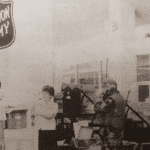
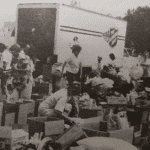
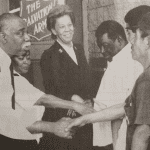



My parents Retired Officers Majors Bill and Roberta Downey are the photo. I was a teenager at the time we were stationed at the Compton Corps. It was a scary time, but how my parents worked hard to be a light in the community!
My parents Retired Officers Majors Bill and Roberta Downey are the photo. I was a teenager at the time we were stationed at the Compton Corps. It was a scary time, but how my parents worked hard to be a light in the community!